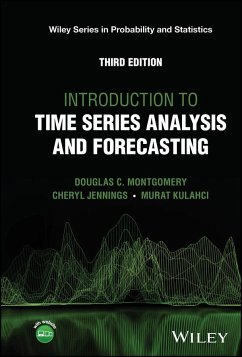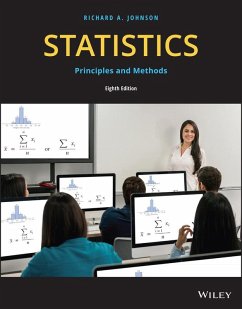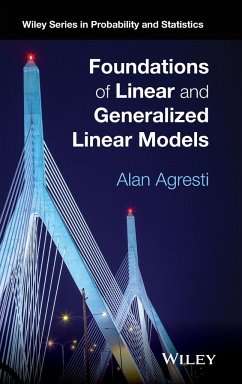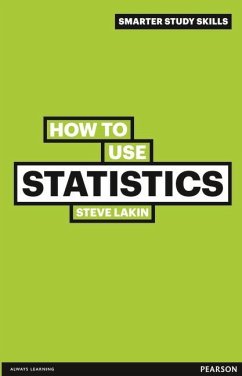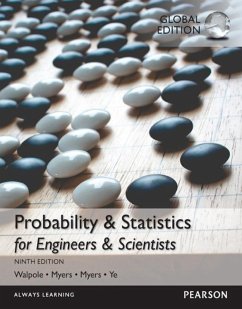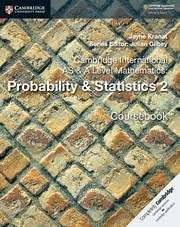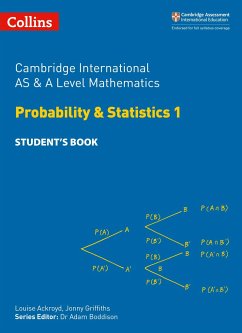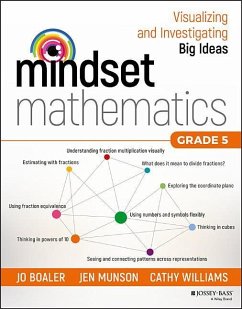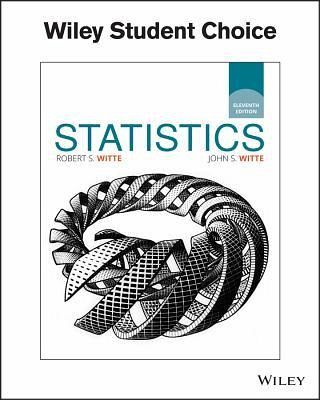
Statistics
Versandkostenfrei!
Versandfertig in 2-4 Wochen
99,99 €
inkl. MwSt.

PAYBACK Punkte
50 °P sammeln!
Drawing upon over 40 years of experience, the authors of Statistics, 11th Edition provide students with a clear and methodical approach to essential statistical procedures. The text clearly explains the basic concepts and procedures of descriptive and inferential statistical analysis. It features an emphasis on expressions involving sums of squares and degrees of freedom as well as a strong stress on the importance of variability. This accessible approach will help students tackle such perennially mystifying topics as the standard deviation, variance interpretation of the correlation coeffic...
Drawing upon over 40 years of experience, the authors of Statistics, 11th Edition provide students with a clear and methodical approach to essential statistical procedures. The text clearly explains the basic concepts and procedures of descriptive and inferential statistical analysis. It features an emphasis on expressions involving sums of squares and degrees of freedom as well as a strong stress on the importance of variability. This accessible approach will help students tackle such perennially mystifying topics as the standard deviation, variance interpretation of the correlation coefficient, hypothesis tests, degrees of freedom, p-values, and estimates of effect size.




